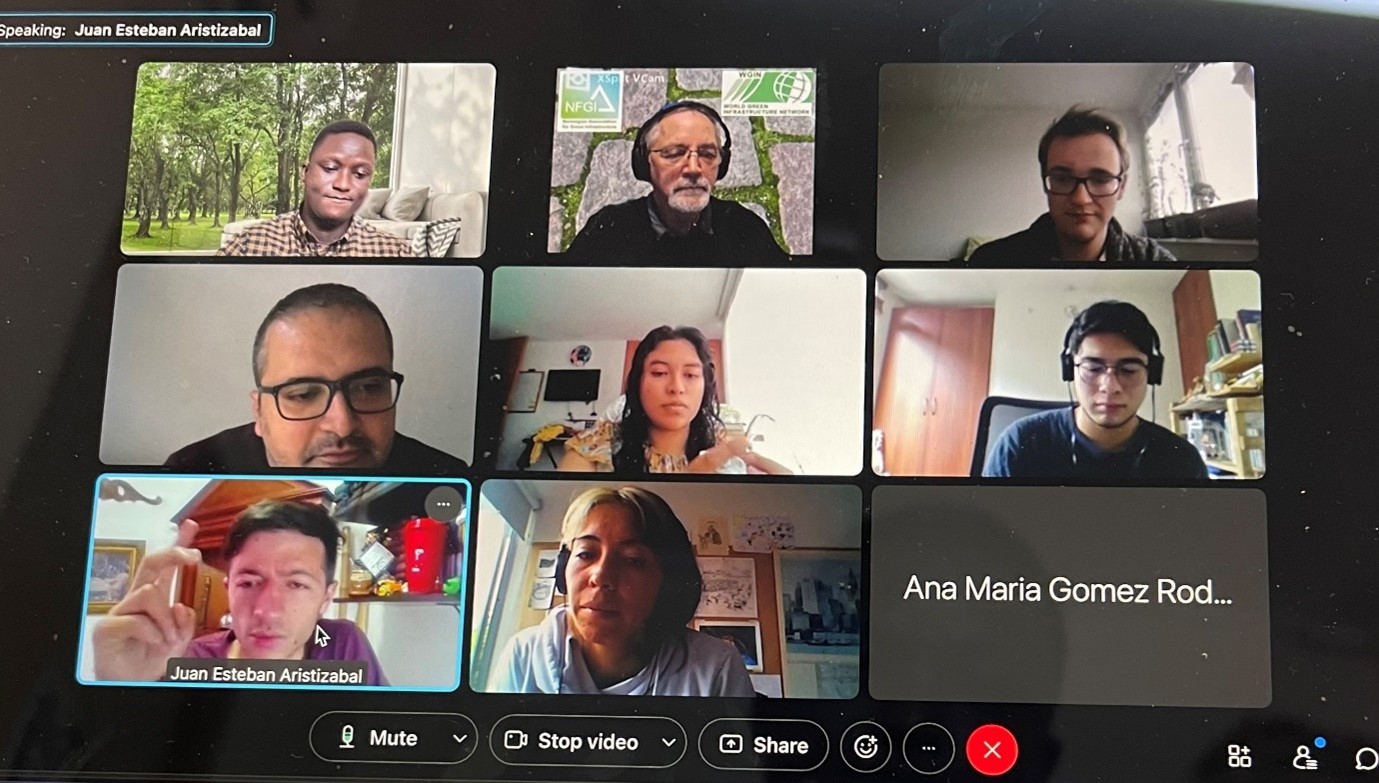
WGIN Chapter for Emerging Professionals is Launched
World Green Infrastructure Network’s Chapter for Emerging Professionals (C.E.P) is Launched! View page here. The World Green Infrastructure Network (WGIN) has formally launched the Chapter

World Green Infrastructure Network’s Chapter for Emerging Professionals (C.E.P) is Launched! View page here. The World Green Infrastructure Network (WGIN) has formally launched the Chapter
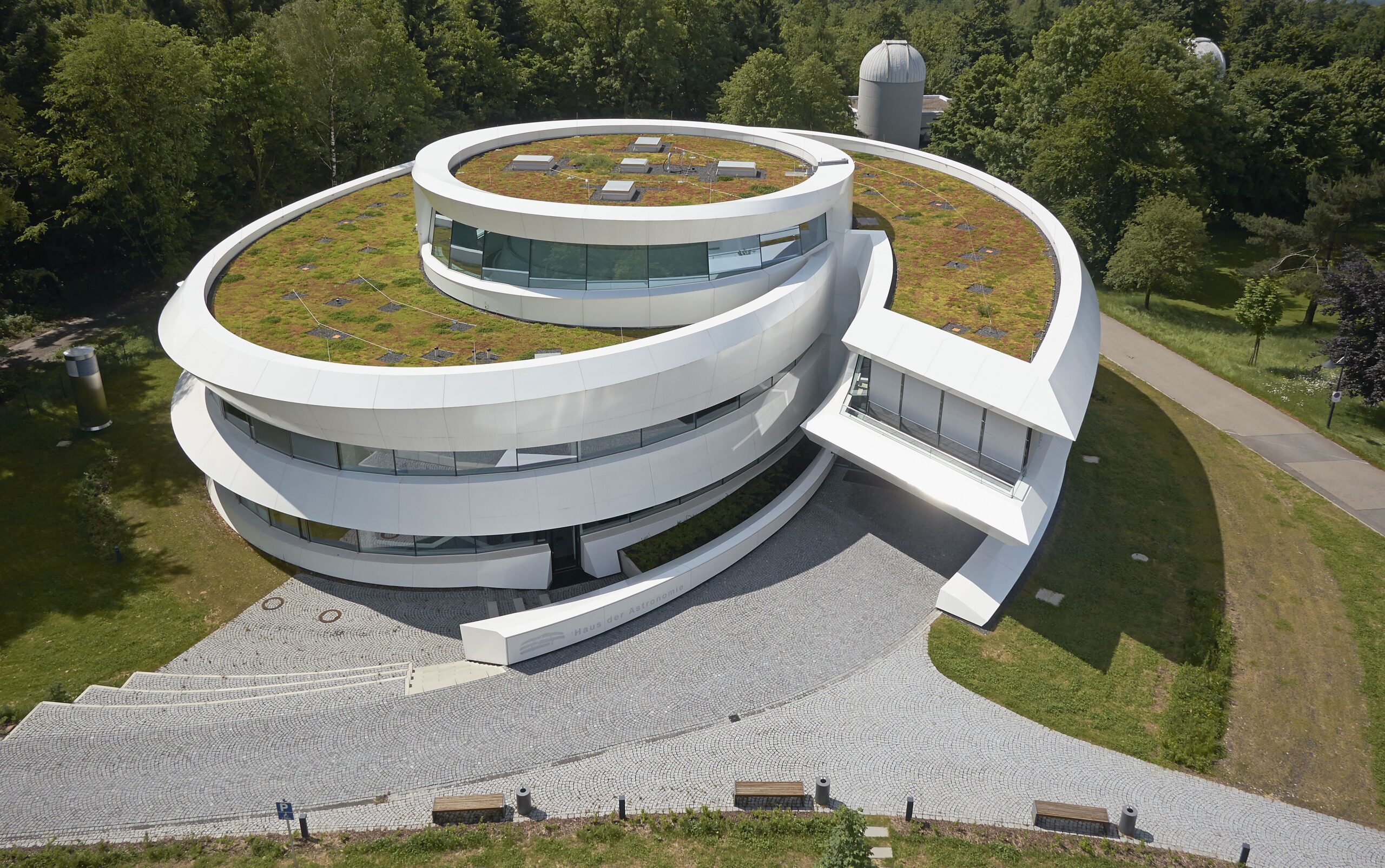
WGIN welcomes leading Germany-based company as a new corporate member. The green roof firm will be part of the network’s European Chapter. The World Green
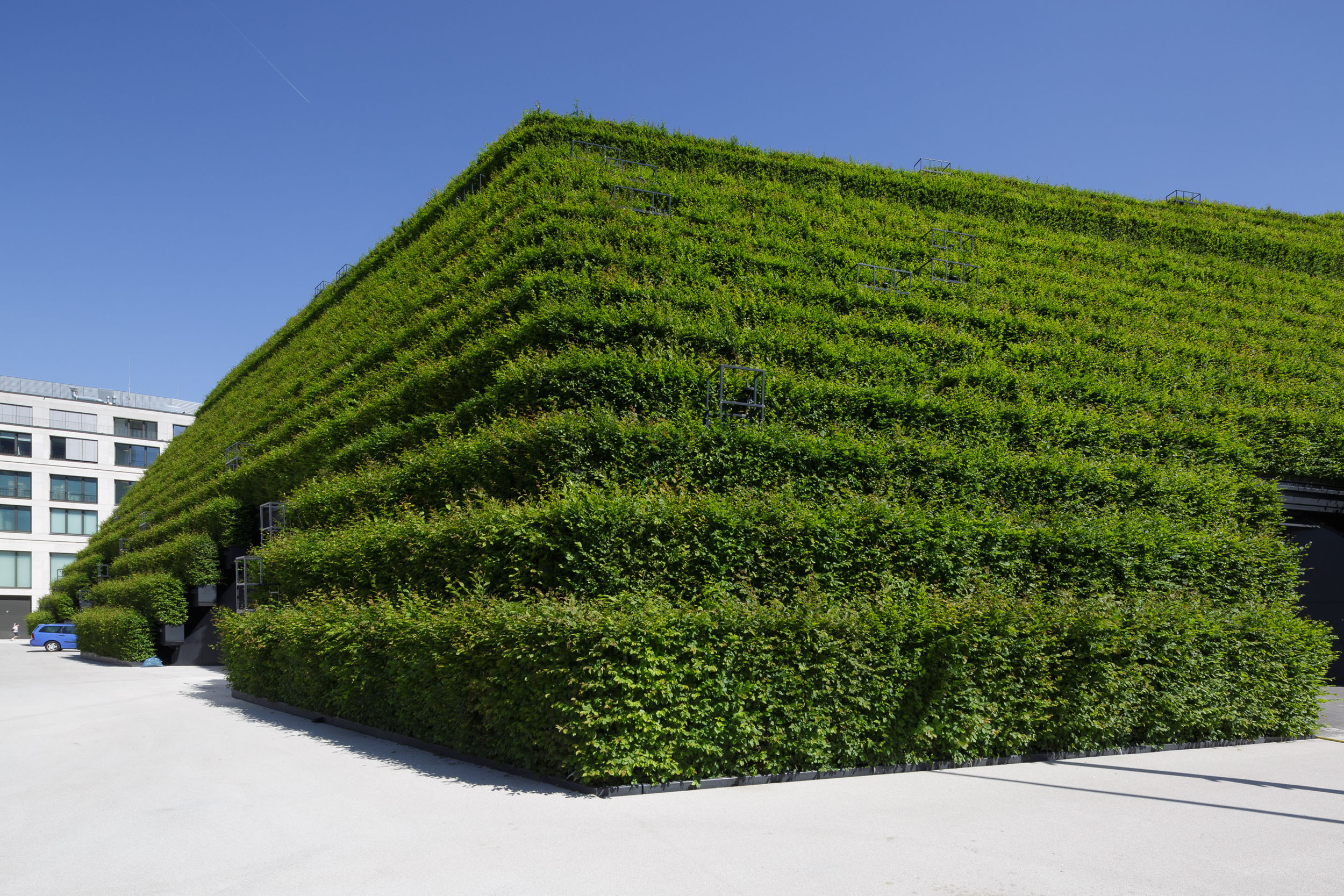
All pictures © Optigrün international AG Green island in the centre of Düsseldorf instead of a city motorway – building greening makes it possible. Location: Kö-Bogen IICity: Düsseldorf
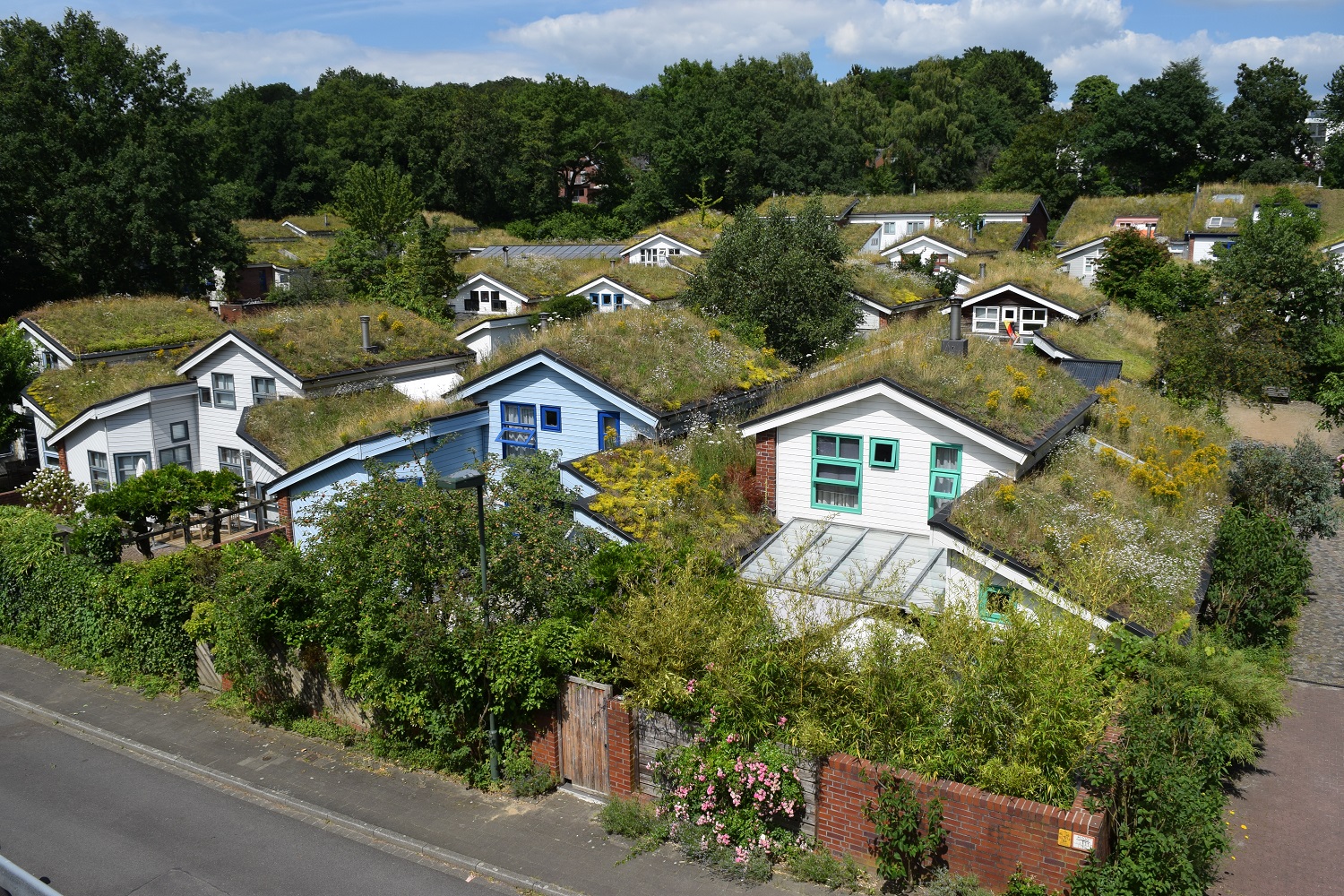
© BuGG In the 1980s, a group of 30 families came together and decided to build a housing estate. It was supposed to provide a natural
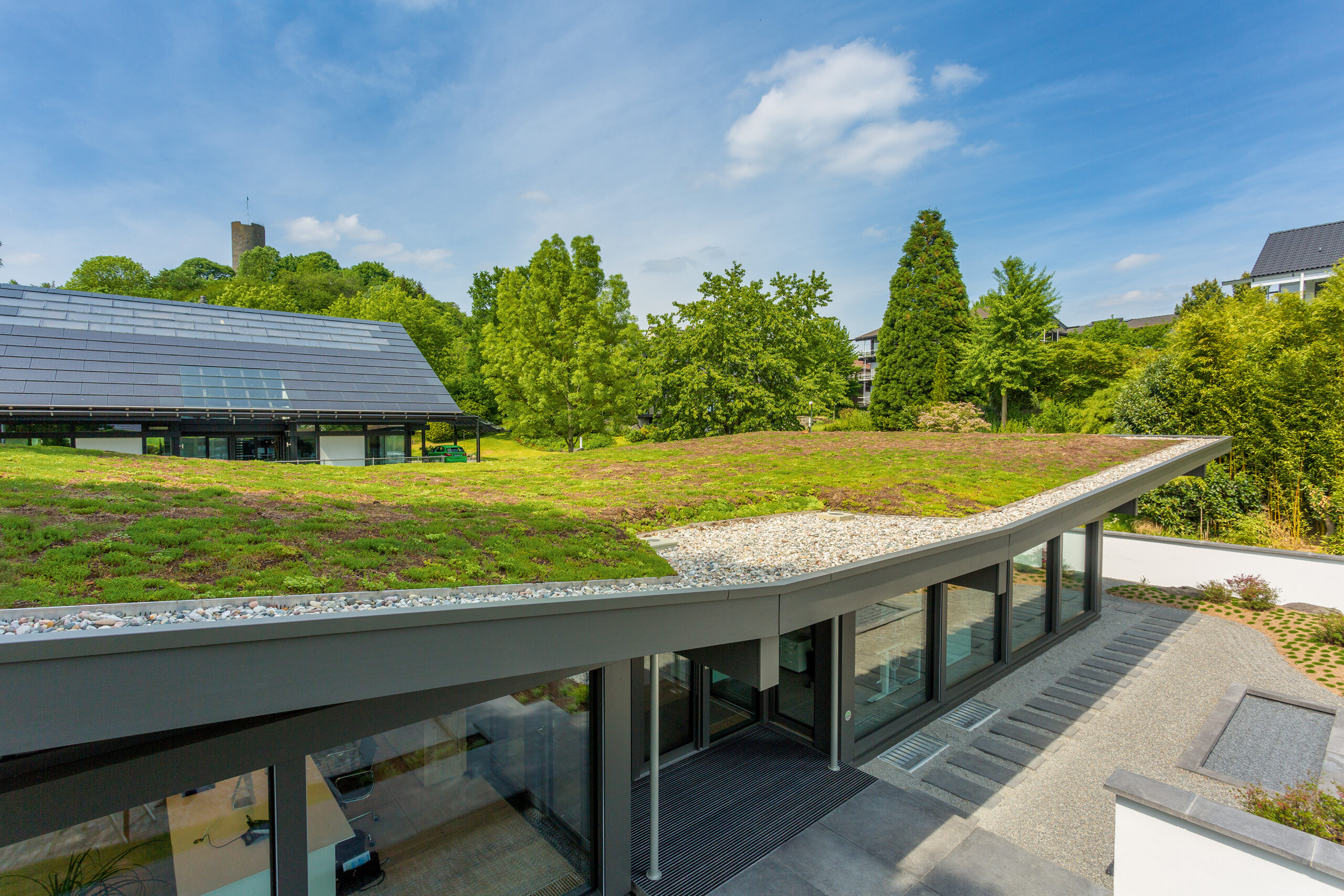
HUF HAUS Show House, Hartenfels, Germany A fascinating building rises picturesquely on a light plateau in the middle of the HUF village. The outlines of
Follow us on the channel that best suits you to receive our latest updates!
Join us. Get member benefits. Promote your company, projects, products and services.